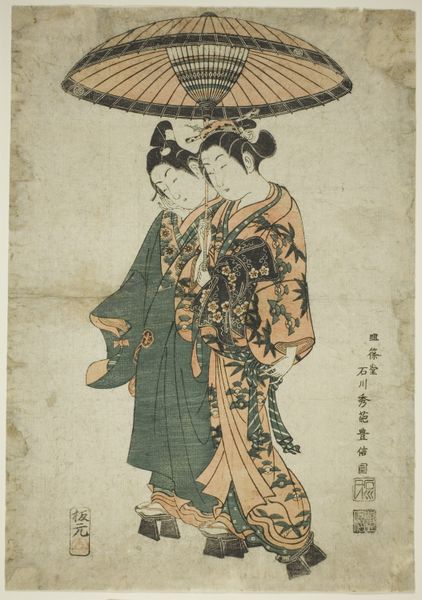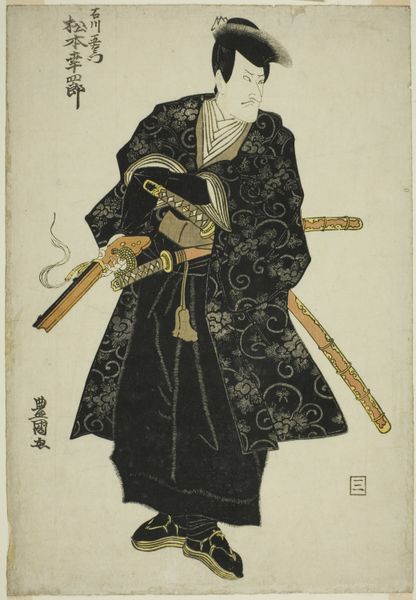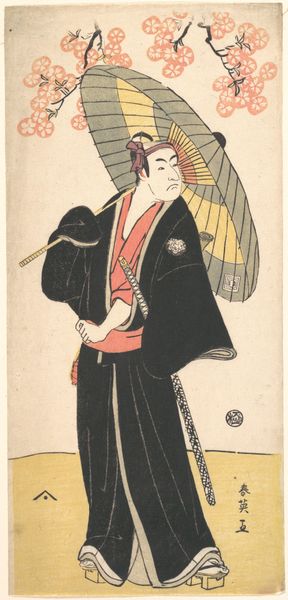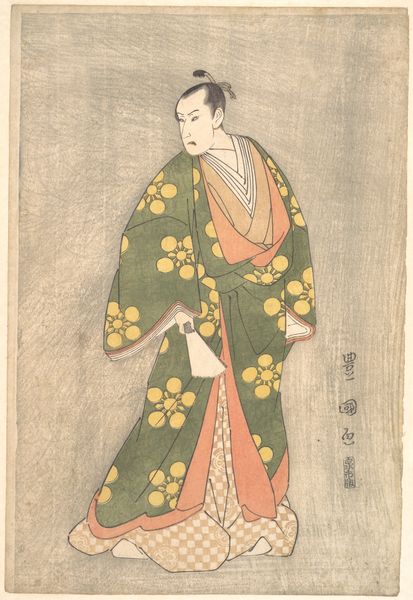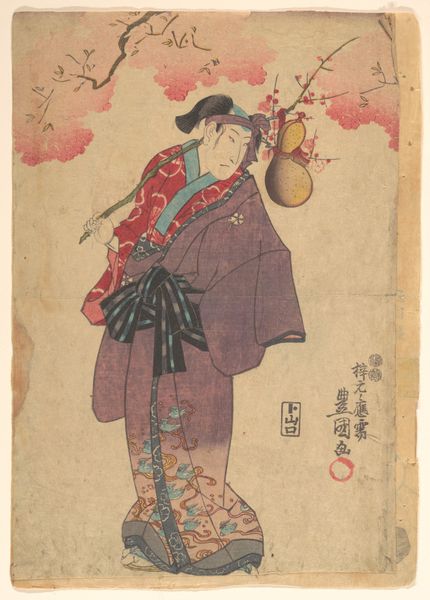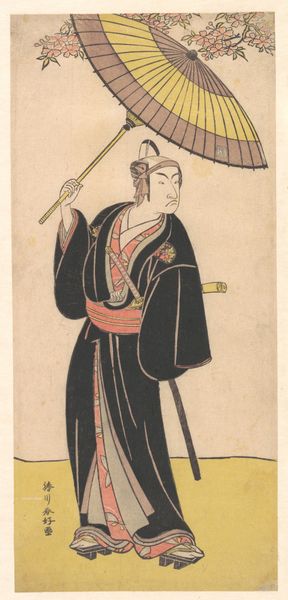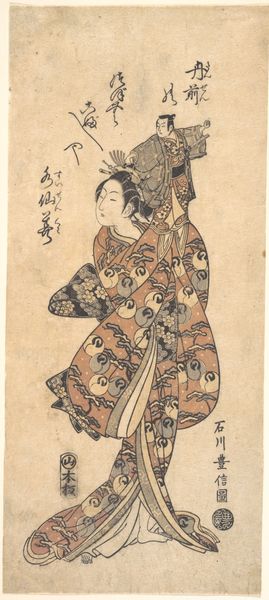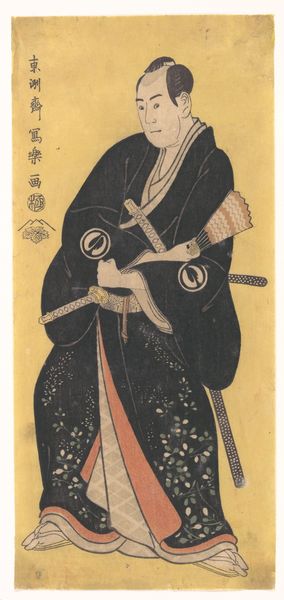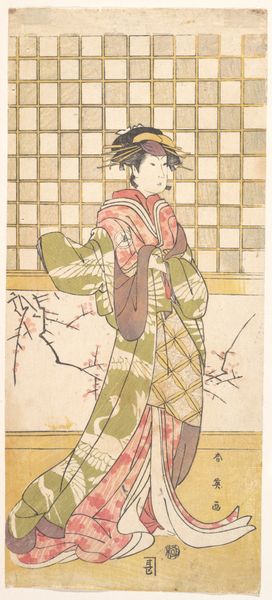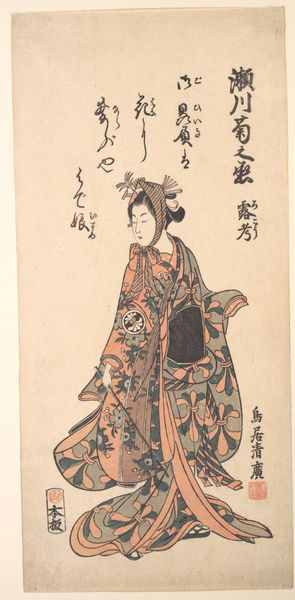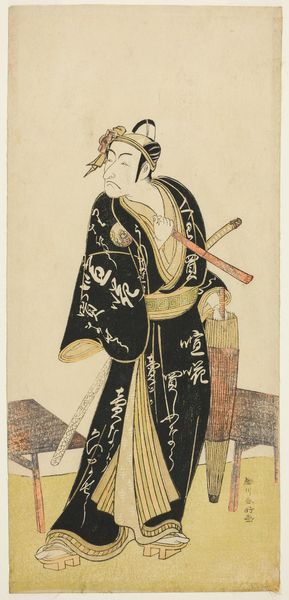
photography, albumen-print
#
portrait
#
film photography
#
asian-art
#
photography
#
historical photography
#
historical fashion
#
orientalism
#
19th century
#
history-painting
#
albumen-print
Dimensions: 23.7 x 19.3 cm (9 5/16 x 7 5/8 in.)
Copyright: Public Domain
Curator: This albumen print from the 1870s, titled "Femme de Canton," was captured by Raimund von Stillfried. It currently resides here at the Met. Editor: There's an almost ethereal quality to it, a quiet solemnity. The soft sepia tones give it a dreamlike aura. Curator: Stillfried, a European photographer, operated a studio in Japan during this era, catering primarily to Western clientele interested in collecting images of Asia. This piece fits into a broader phenomenon of "Orientalism." Editor: The parasol she holds immediately speaks to a symbolic realm, protection perhaps, but also a subtle barrier, a suggestion of guardedness. Notice its circular shape too, a possible echo of wholeness or cyclical time. Curator: Precisely. The backdrop itself feels staged, creating a fabricated representation. It is worth thinking about how this work both documented and constructed perceptions of Chinese identity for a Western gaze. The very title, "Femme de Canton," generalizes and essentializes, framing this woman as a representative type rather than an individual. Editor: And the garment she wears – it speaks volumes about status and cultural norms. The way she carries herself, upright, seemingly composed, might denote dignity. But what’s genuinely being conveyed? I’m curious to research what this type of dressing might indicate more deeply. Curator: Those are crucial questions. The work needs to be situated within the complex history of colonialism and representation. We must analyze not just what is seen, but also the power dynamics that informed its creation and consumption. Looking into those status and cultural markers is a fascinating starting point to begin dismantling Stillfried's intent. Editor: Indeed. It's more than just a picture. By looking into it closer, you peel away a number of meanings layered over the artwork, some intended by the creator, others influenced by social change. It becomes a reflective pool of past assumptions. Curator: I agree, exploring these historical photos, it forces us to examine our own biases and preconceptions when looking at cultural artifacts from different eras. Editor: Thank you, I find this a very relevant moment of reflection.
Comments
No comments
Be the first to comment and join the conversation on the ultimate creative platform.
